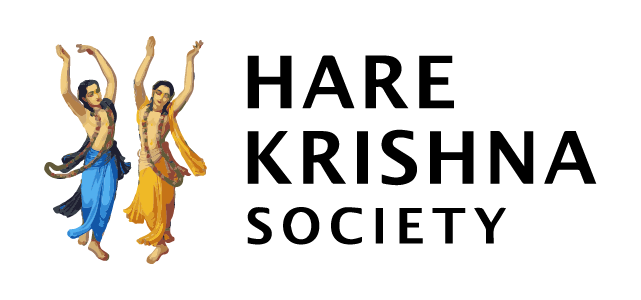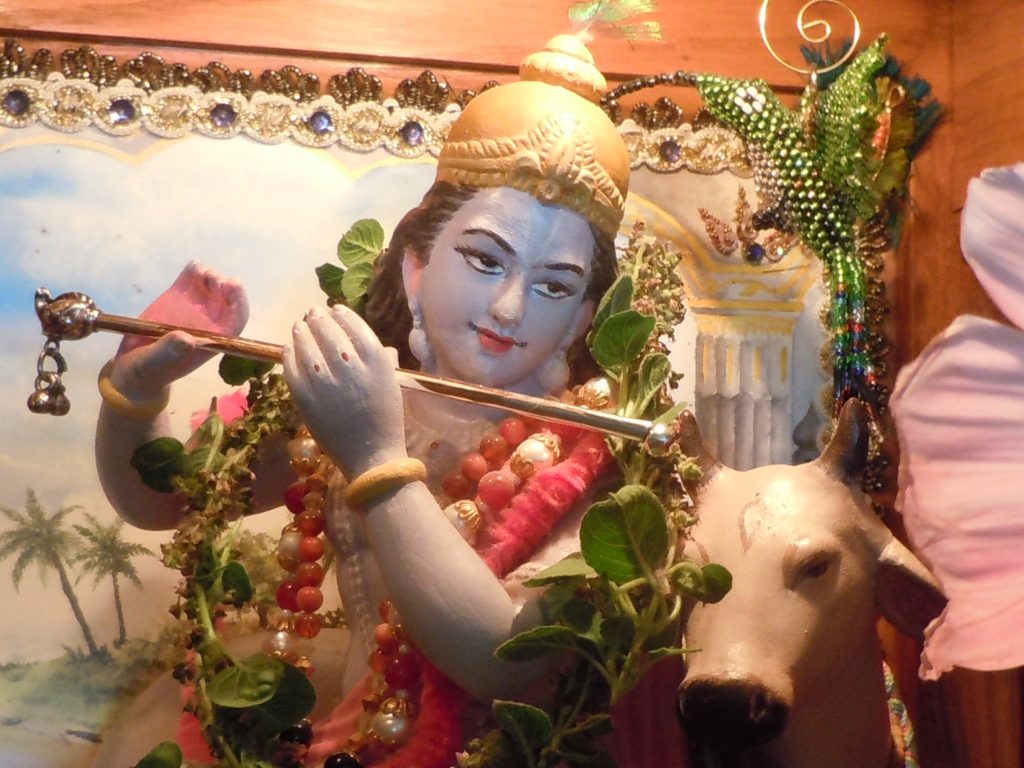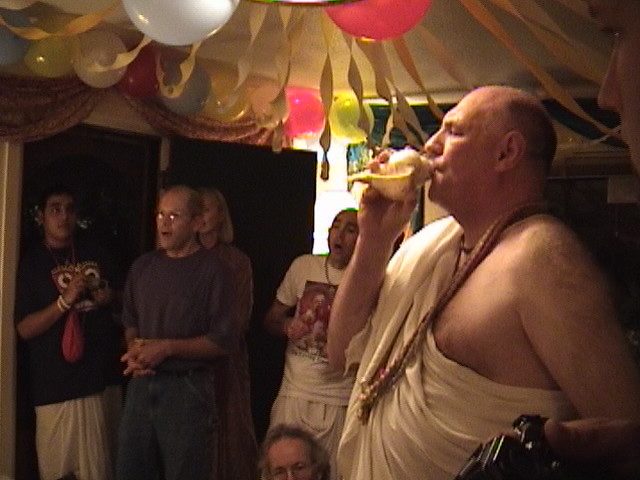- July 4, 2020The last few days in a row,this Anna's hummingbird has been perched on a branch 1 foot away from our…
- June 26, 2020The Story of Parsurama the Saktyavesa Avatara of God SB…

Under the guidance, inspiration and authority of
His Divine Grace A.C. Bhaktivedanta Swami Prabhupada
Founder-Acharya of the Krishna Consciousness Movement
Srila Prabhupada: “I wish that each and every branch shall keep their separate identity and cooperate keeping the acharya in the center. On this principle we can open any number of branches all over the world. (Letter, February 11, 1967)







